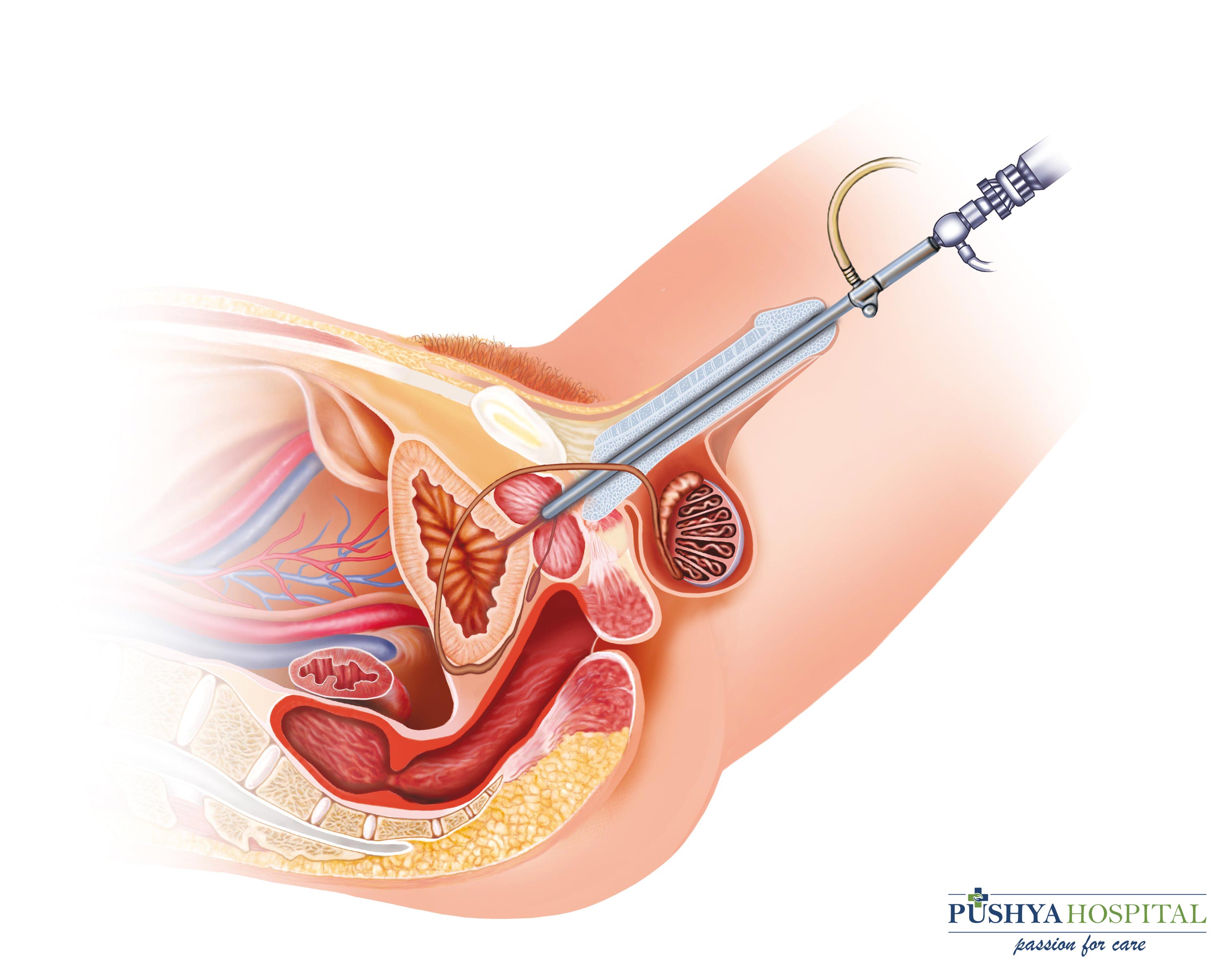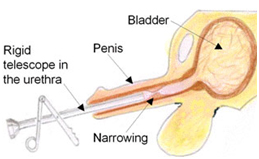OVERVIEW
Anurethra is a tube which transforms from the bladder and it helps urine to be expelled from the body. Normally, urethra is wide enough to give a free flow, but when it becomes narrow it may create a restriction for urinary flow, it calls urethral stricture. It is a medical condition which mainly affects men.

Cause or Reasons
Urethral Stricture includes constriction of the urethra. It generally happens because of tissue inflammation or the presence of scar tissue. Scar tissue can be a result of many factors as
- Straddle Injury
- Pelvic Fractures
- Catheter Insertion
- Radiation
- Surgery performed on the prostate
- Benign prostatic hyperplasia
Rare causes include
- Tumor at close proximity to the urethra
- Repetitive urinary tract infections
- Sexually transmitted infections
Symptoms
- Weak urine flow
- Sudden, frequent urges for urination
- A feeling of incomplete bladder emptying
- Pain or burning during urination
- Urination incontinence
- Pelvic area or lower abdominal area pain
- Urethral discharge
- Blood in the semen or urine
- Dark color urine
- Inability to urinate (a serious condition and requires immediate medical attention)

How we can evaluate (Investigation)
Physical examination of penis area can help the doctor to investigate about a urinary stricture. A doctor may check for redness or other areas for hardness or swollen.
- Checking for the rate of flow ( Uroflowmetery)
- Physical and chemical property check to confirm the presence of bacteria
- Retrograde urethrogram
- Cystoscopy: In this doctor inserts a small tube with a camera into the body to view inside the bladder and urethra
- Examining the size of the urethral opening
- Examinations for chlamydia and gonorrhea.
Treatment Options
At Pushya Hospital, our qualified urologists choose suitable method of treatingStricture Urethra , surgical or non surgical which method would be used it depends on the condition of disease and damage happened. There are the treatment methods
Nonsurgical - With the help of dilator, a doctor works to make the urethra wider. It is an outpatient procedure and does not demand stay in the hospital. This procedure is done by passing a small wire through the urethra and into the bladder to begin to dilate it. With time, large dilators gradually increase the width of the urethra. Another nonsurgical option is permanent urinary catheter placement, but this procedure contains own risk as bladder irritation and urinary infection.
Surgery - Endoscopic treatment ( visual internal urethrotomy)is advisable if stricture is small in length and soft. Open Urethroplasty surgery chooses as an option by doctor in the case of a severe stricture. This surgical procedure includes removing affected tissue and reconstructing the urethra. Results may be different on stricture size.
Urine Flow Diversion - In severe cases, a complete urinary diversion procedure may be necessary. In this procedure reroutes the flow of urine to an opening in the abdomen. It is done by using part of the intestine in help to connect ureters to opening. This procedure takes place in case when bladder is severely damaged or if it needs to be removed.



